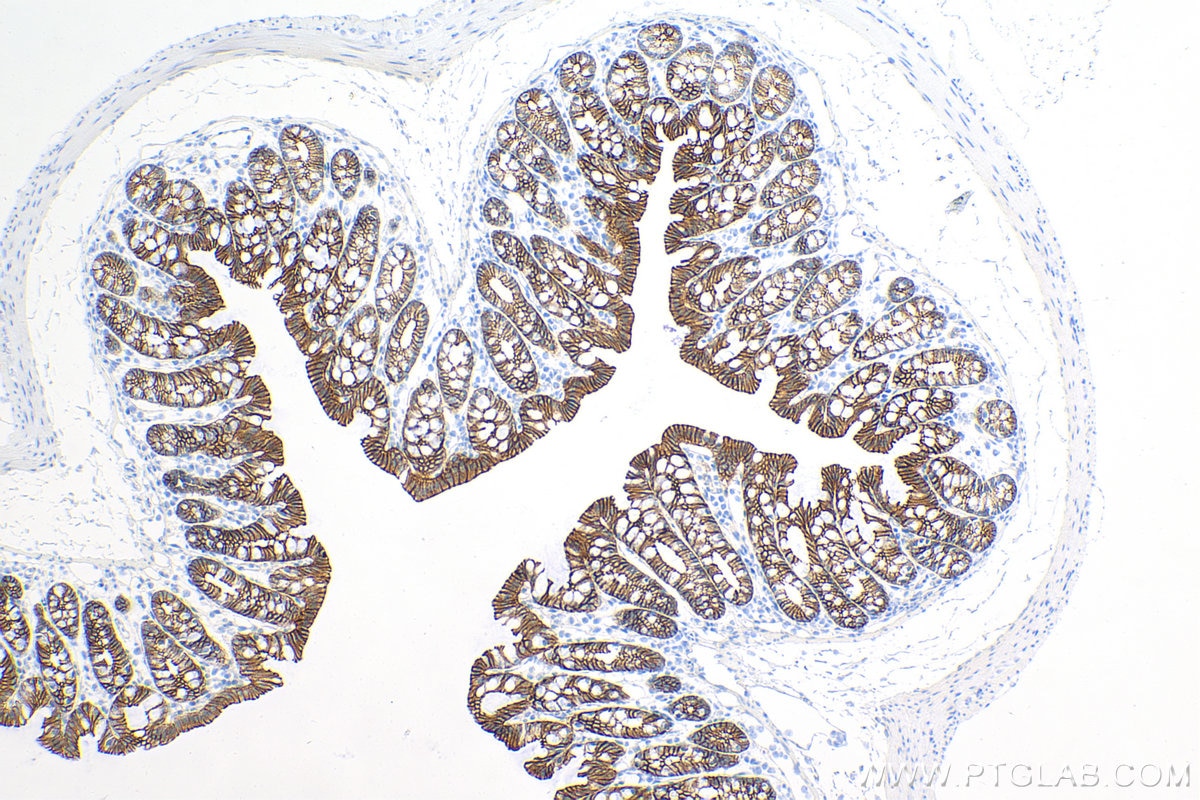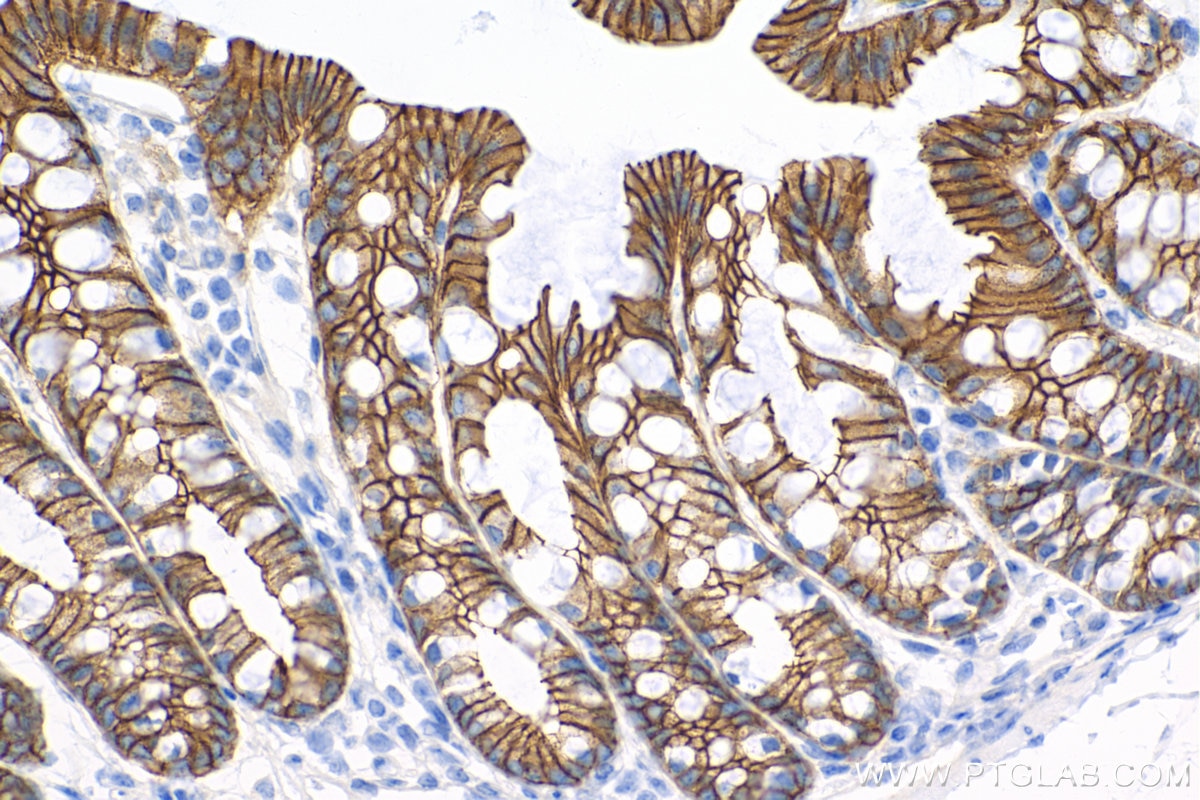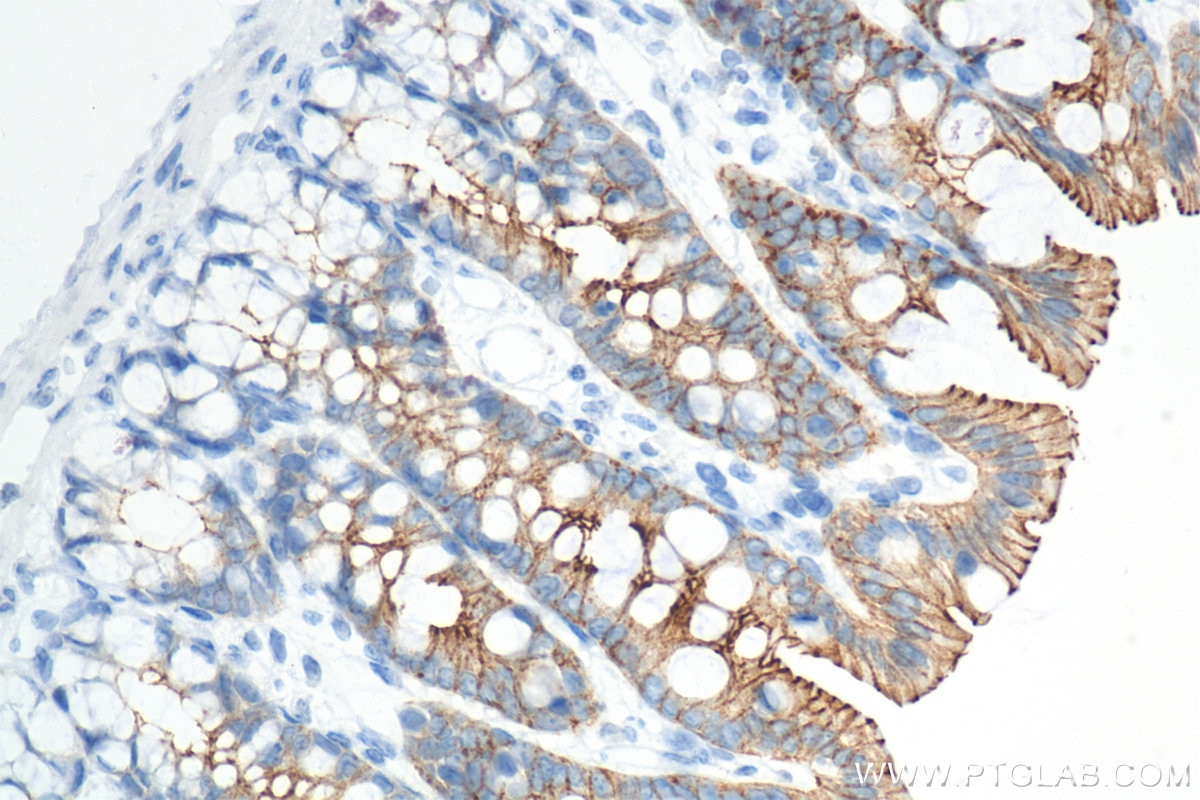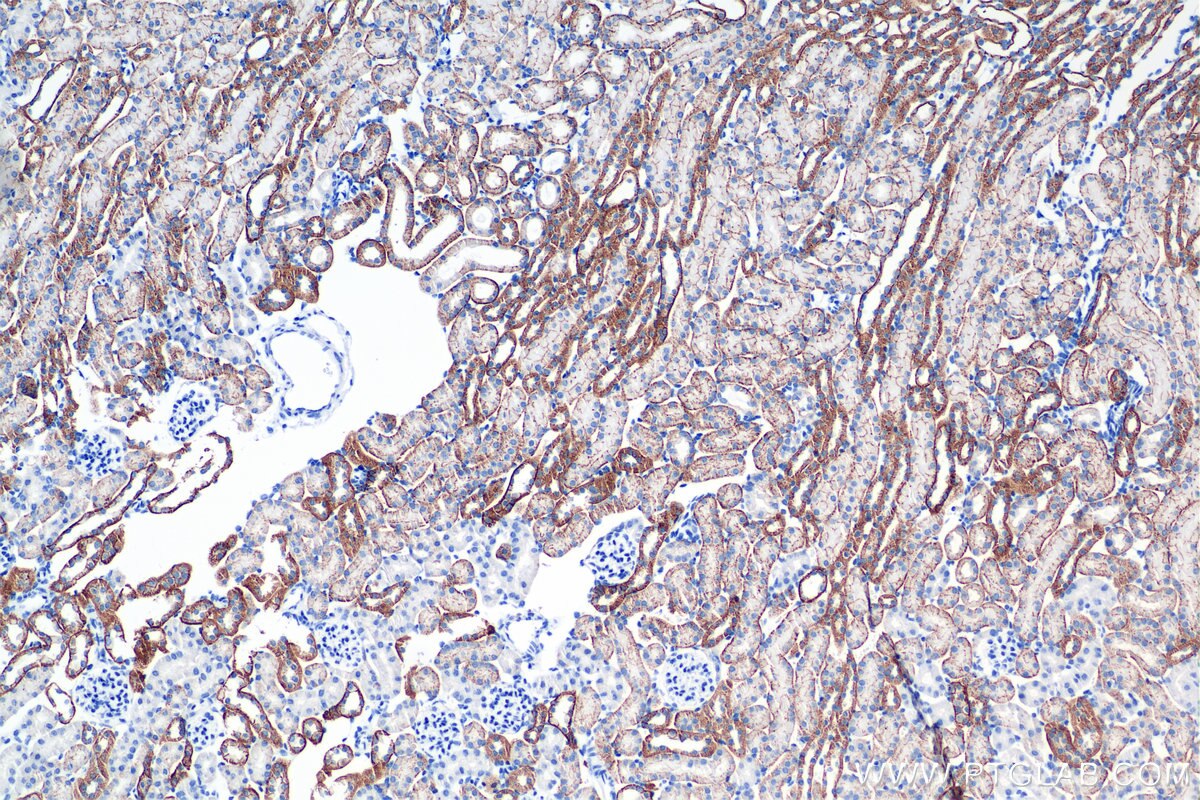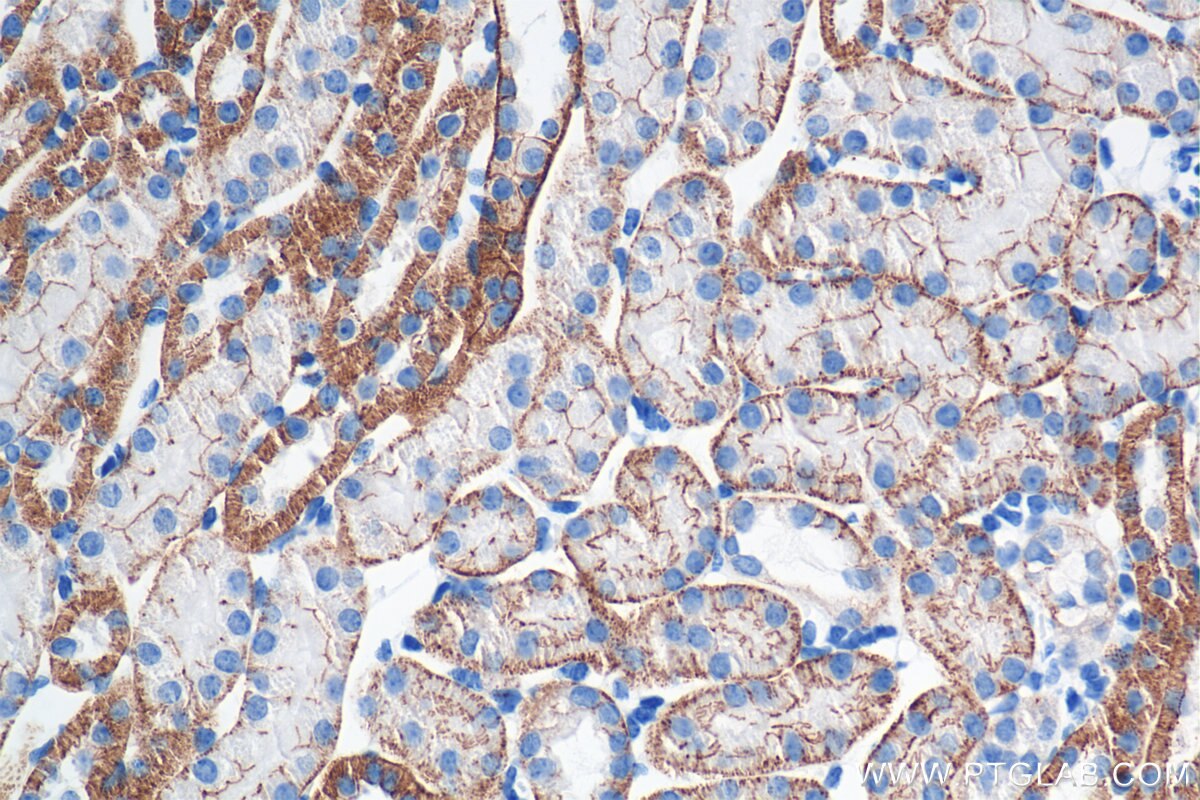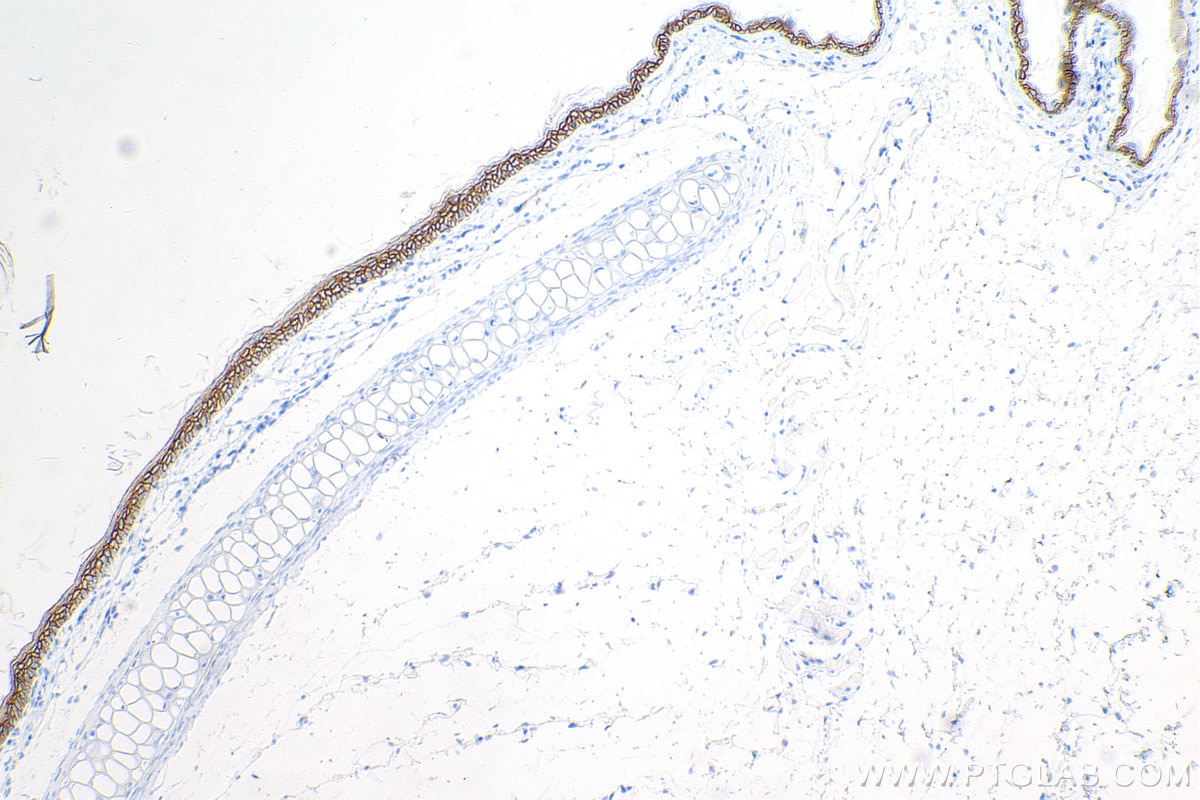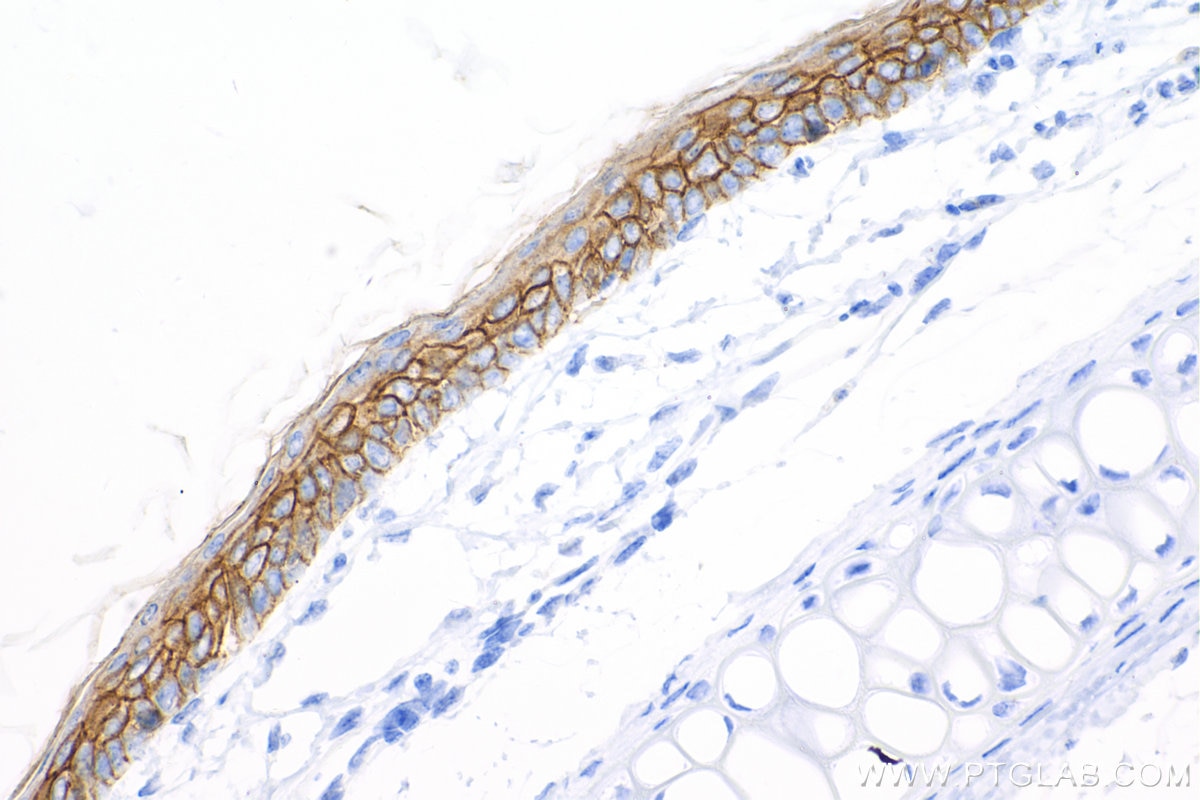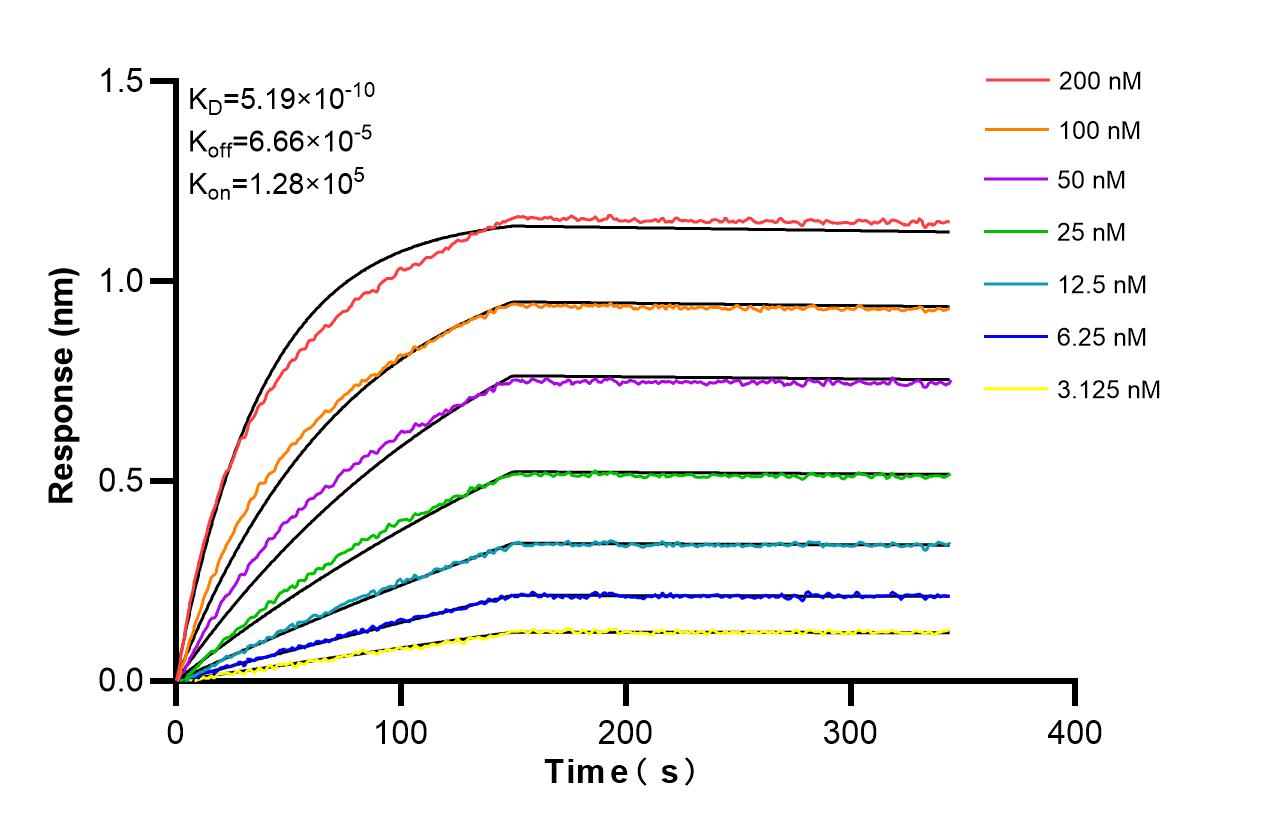Tested Applications
| Positive IHC detected in | mouse colon tissue, mouse kidney tissue, mouse skin tissue, rat colon tissue Note: suggested antigen retrieval with TE buffer pH 9.0; (*) Alternatively, antigen retrieval may be performed with citrate buffer pH 6.0 |
Recommended dilution
| Application | Dilution |
|---|---|
| Immunohistochemistry (IHC) | IHC : 1:1000-1:4000 |
| It is recommended that this reagent should be titrated in each testing system to obtain optimal results. | |
| Sample-dependent, Check data in validation data gallery. | |
Product Information
84111-1-RR targets E-cadherin in IHC, ELISA applications and shows reactivity with mouse, rat samples.
| Tested Reactivity | mouse, rat |
| Host / Isotype | Rabbit / IgG |
| Class | Recombinant |
| Type | Antibody |
| Immunogen |
CatNo: Eg0975 Product name: Recombinant Mouse E-Cadherin protein (His Tag) Source: mammalian cells-derived, pHZ-KIsec-C-6*HIS Tag: C-6*HIS Domain: 157-709 aa of NM_009864.3 Sequence: DWVIPPISCPENEKGEFPKNLVQIKSNRDKETKVFYSITGQGADKPPVGVFIIERETGWLKVTQPLDREAIAKYILYSHAVSSNGEAVEDPMEIVITVTDQNDNRPEFTQEVFEGSVAEGAVPGTSVMKVSATDADDDVNTYNAAIAYTIVSQDPELPHKNMFTVNRDTGVISVLTSGLDRESYPTYTLVVQAADLQGEGLSTTAKAVITVKDINDNAPVFNPSTYQGQVPENEVNARIATLKVTDDDAPNTPAWKAVYTVVNDPDQQFVVVTDPTTNDGILKTAKGLDFEAKQQYILHVRVENEEPFEGSLVPSTATVTVDVVDVNEAPIFMPAERRVEVPEDFGVGQEITSYTAREPDTFMDQKITYRIWRDTANWLEINPETGAIFTRAEMDREDAEHVKNSTYVALIIATDDGSPIATGTGTLLLVLLDVNDNAPIPEPRNMQFCQRNPQPHIITILDPDLPPNTSPFTAELTHGASVNWTIEYNDAAQESLILQPRKDLEIGEYKIHLKLADNQNKDQVTTLDVHVCDCEGTVNNCMKAGIVAAGLQV Predict reactive species |
| Full Name | cadherin 1 |
| Calculated Molecular Weight | 98kDa |
| GenBank Accession Number | NM_009864.3 |
| Gene Symbol | E-cadherin |
| Gene ID (NCBI) | 12550 |
| Conjugate | Unconjugated |
| Form | Liquid |
| Purification Method | Protein A purification |
| UNIPROT ID | P09803 |
| Storage Buffer | PBS with 0.02% sodium azide and 50% glycerol, pH 7.3. |
| Storage Conditions | Store at -20°C. Stable for one year after shipment. Aliquoting is unnecessary for -20oC storage. 20ul sizes contain 0.1% BSA. |
Background Information
Cadherins are a family of transmembrane glycoproteins that mediate calcium-dependent cell-cell adhesion and play an important role in the maintenance of normal tissue architecture. E-cadherin (epithelial cadherin), also known as CDH1 (cadherin 1) or CAM 120/80, is a classical member of the cadherin superfamily which also include N-, P-, R-, and B-cadherins. E-cadherin is expressed on the cell surface in most epithelial tissues. The extracellular region of E-cadherin establishes calcium-dependent homophilic trans binding, providing specific interaction with adjacent cells, while the cytoplasmic domain is connected to the actin cytoskeleton through the interaction with p120-, α-, β-, and γ-catenin (plakoglobin). E-cadherin is important in the maintenance of the epithelial integrity, and is involved in mechanisms regulating proliferation, differentiation, and survival of epithelial cell. E-cadherin may also play a role in tumorigenesis. It is considered to be an invasion suppressor protein and its loss is an indicator of high tumor aggressiveness. E-cadherin is sensitive to trypsin digestion in the absence of Ca2+.
Protocols
| Product Specific Protocols | |
|---|---|
| IHC protocol for E-cadherin antibody 84111-1-RR | Download protocol |
| Standard Protocols | |
|---|---|
| Click here to view our Standard Protocols |

